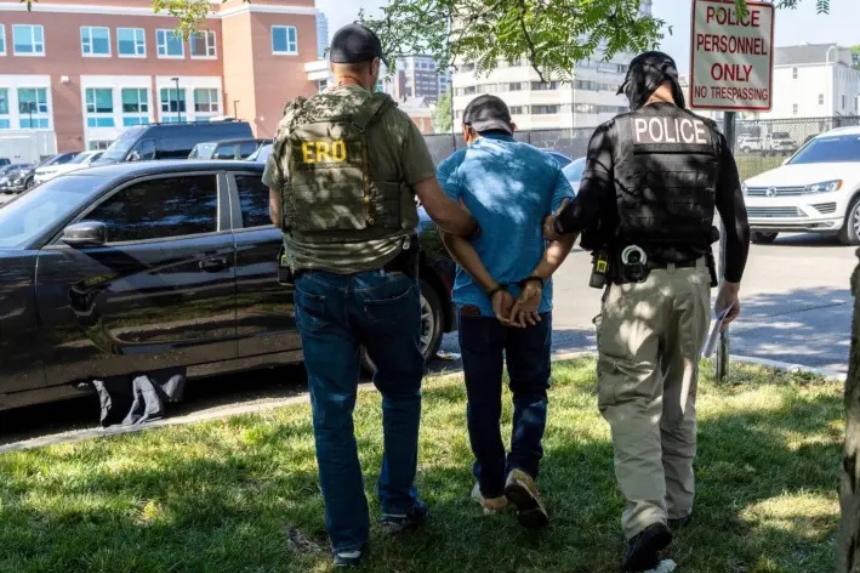There were 100 domestic homicides in England and Wales in the year ending March 2023, the lowest figure since data was first collated in 1977.
Seventy of the 100 victims were women, and the annual total was 37 fewer than the previous year, but it is unclear if it is a statistical blip or a sign of improvement in education surrounding domestic violence and especially violence against women and girls.
Among the 100 who died was Ailish Walsh, 28, who was stabbed to death at her home in Hackney, east London, by her boyfriend while she was 23 weeks pregnant with his child.
The court heard Liam Taylor, who had consumed cocaine, cannabis, and alcohol, told a police officer after his arrest, “It’s crazy how one moment of madness can change your whole life.”
What Makes a ‘Domestic’ Homicide?
The ONS said, “Homicides are recorded to be ‘domestic’ when the relationship between a victim aged 16 years and over and the perpetrator falls into one of the following categories: spouse, common-law spouse, cohabiting partner, boyfriend or girlfriend, ex-spouse, ex-cohabiting partner or ex-boyfriend or girlfriend, adulterous relationship, son or daughter (including step- and adopted relationships), parent (including step- and adopted relationships), brother or sister, or other relatives.”The ONS said there was a fall in the overall number of homicides last year, from 684 to 590.
It said that was the lowest number since 2015/2016—when there were 538 homicides—with the exception of 2020/2021 when “volumes of public space crime tended to be suppressed because of coronavirus (COVID-19) lockdown periods.”
The statistics body said homicide rates had fallen over England and Wales with the exception of one region—the northeast of England—which saw an increase from 27 to 38.
The ONS said black people were four times as likely as whites to be the victim of homicide.
It said the homicide rate over the three-year period ending March 2023 was 39.8 victims per million for black people and 8.7 victims per million population for whites.
The racial profile of homicide perpetrators is not recorded, but the higher homicide rate for black victims is believed to be owing to the proliferation of violent gangs in black communities in London, Birmingham, and several other cities.
Ms. Duncan said: “This is being normalised. We need to stop this. Our system is so fractured and broken. In an ideal world I'd love to get the gangs together and get them to talk.”
The ONS said there had also been a fall in the number of teenage victims, with 51 homicides among those aged 13 to 19, compared to 70 the previous year.
In the data the ONS also revealed the long-term homicide trends and published a graph which showed homicide rates in England and Wales rose from 7.0 per million population in 1970 to a high of 17.9 in 2002/2003.
But the ONS explained the 2002/2003 figure was an anomaly caused by the inclusion of 173 victims of Harold Shipman, the Manchester GP who killed dozens of elderly patients over a number of years.
The homicide rate fell back down to 8.8 in 2015, before climbing again to 11.9 in 2018, a year which included the Manchester Arena suicide bombing and the Shoreham air show disaster.
The COVID-19 pandemic saw a big downward spike in 2020/21, but after the lockdowns homicides rose again to 11.5 in the year ending March 2022.







